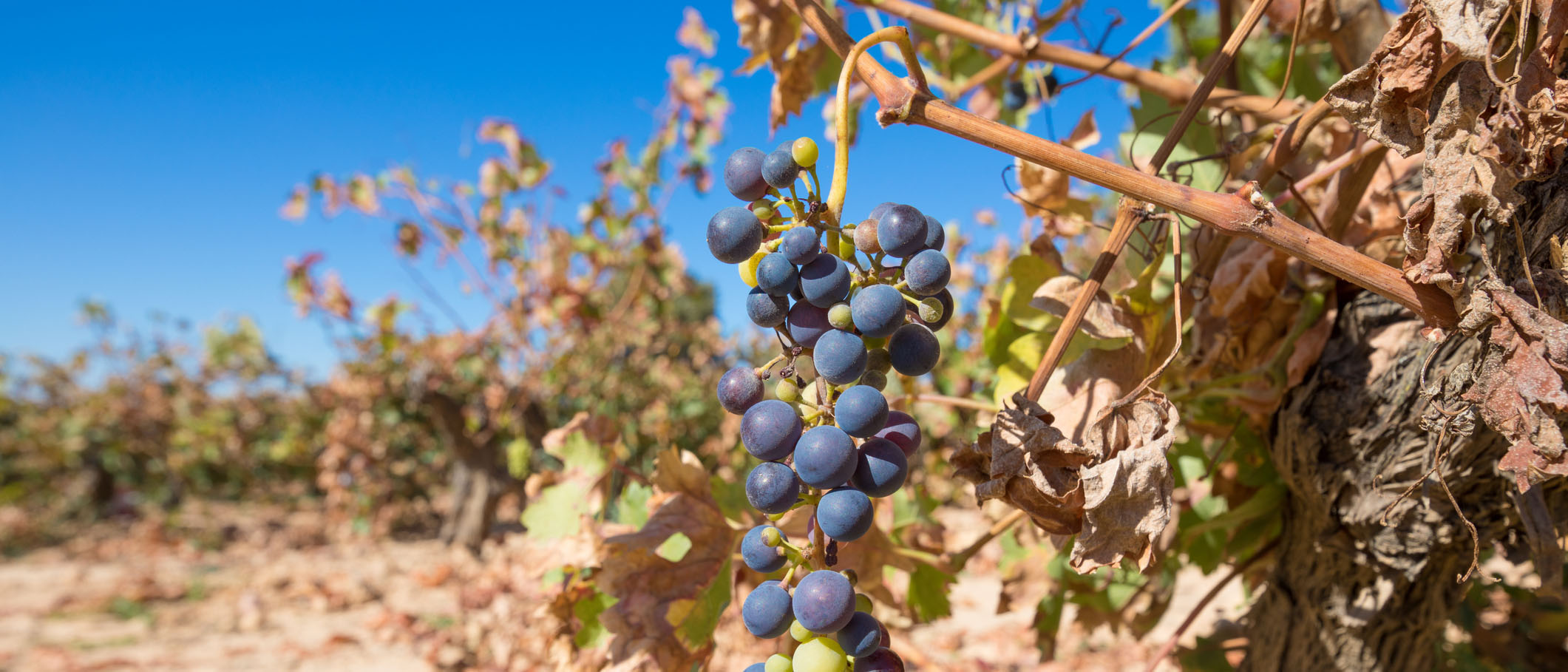Canadian weather has become a bit of a guessing game. Does this winter have another polar vortex in store for us, or are we out of the woods? Should we expect floods in the weeks ahead? Will the upcoming summer be the hottest on record? Weather models don’t always get it right, but they do reveal some trends when it comes to temperature and extreme weather in Canada. One key takeaway is that the seasonal cycle may not be as reliable as it once was, which begs the question: how does climate change affect agriculture in Canada?
While the Government of Canada insists there are different possible scenarios to consider for each province, Canada’s agriculture industry stretches across the country, and every province is affected by shifting weather patterns and severe change. The urgency for action is not lost: Canada has committed to reducing GHG emissions to 30% below 2005 levels by 2030, as outlined in the Pan-Canadian Framework on Clean Growth and Climate Change. Farmers are participating in these efforts through reduced tillage and conservation cropping, and by generating renewable biogas energy from manure.
Canadians have both opportunities and challenges on the horizon. It may seem like a simple question, but the answer to “how does climate change affect agriculture in Canada?” depends on whether trends continue or change – and how government, farmers, and the wider agricultural industry respond.
Opportunities for ‘greener’ farming practices on the horizon
A recent Agriculture and Agri-Food Canada report mentions that Canada is a high-latitude country, which means warming here is expected to ramp up more than the global average. Warmer temperatures and longer frost-free seasons could increase productivity across the board, but especially in northern regions and southern and central Prairies, where the warming will be particularly pronounced.
The report also states that Alberta could benefit the most from increased summer and winter precipitation, while Saskatchewan and Manitoba would experience little change. These warmer temperatures could mean lower energy costs for farmers and lower costs to feed their livestock, plus better survival rates for young animals.
Canada has committed to reducing GHG emissions to 30% below 2005 levels by 2030.
Climate change could improve soil quality by enhancing carbon sequestration through carbon farming, which involves growing things year-to-year without disturbing the soil, cover crops (which help spur microbial activity in the soil), and a grazing technique popularized by biologist Allan Savory called holistic management. Changes to land-use through annual crop production, perennial crops, and grazing lands could all contribute to reducing greenhouse gas emissions.
Imminent challenges as climate change continues
Now for the bad news. Extreme weather events such as floods and droughts are difficult for agricultural systems to adapt to. More frequent extremes also generate more mudslides, snow slides, washouts, tornados, and blizzards – extreme weather events that can reduce crop yields by as much as 50% of the average during normal growing conditions. This risk can impact the selection of crops that farmers may consider planting, so while Canada’s cold season could shrink, the longer growing season may not amount to better yields or more profitable harvests.
Warmer temperatures also mean warmer summers, which could be problematic for livestock producers who must deal with the danger of heat-wave deaths. The Agriculture and Agri-food report also points to reduced milk production and reproduction as major impacts in the dairy industry, as well as reduced weight gain among beef cattle. Plus, higher levels of atmospheric carbon dioxide (CO2) and an increase in the use of pesticides and pathogens in livestock and crops can lead to increased weed growth. Ultimately, the manufacturing, transportation, and application of pesticides could contribute to higher energy costs for farmers.
While Canada’s cold season could shrink, the longer growing season may not amount to better yields or more profitable harvests.
Climate models are casting a bleak shadow on the Canadian agricultural landscape. The Climate Atlas map outlines a “high carbon” scenario and a “low carbon” scenario, and both anticipate the delicate balance between precipitation temperature will be disrupted (to varying degrees). As any crop farmer will attest, success rests on the right amount of rain and the right amount of heat at the right time of the year.
While there’s a lot of uncertainty surrounding the future of Canada’s agriculture industry, one thing is clear: we can expect more extreme weather events, soil erosion, and higher average temperatures in the years ahead. Adaptation will be an important quality for farmers and agri-business: adopting environmentally-friendly farming practices, uncovering new ways to use the shifting climate to your advantage, and better protecting your business assets could put you at a distinct advantage.




